Rajshahi, Nov 25 (V7N) – The rate of cesarean (C-section) deliveries in government hospitals across the Rajshahi division has risen to a concerning level, with nearly four out of every ten births now occurring through surgery. A medical research team reports that the current rate—41 percent—is almost three times higher than the World Health Organization’s recommended 10–15 percent threshold for medically necessary C-sections.
The findings, recently published in the international scientific journal Nature, reveal that government facilities in the Rajshahi division are increasingly performing surgical births, even though C-sections are intended primarily for life-saving situations. The study, conducted by researchers from Dhaka Medical College Hospital, Rajshahi Medical College Hospital, and Islami Bank Medical College Hospital, surveyed 393 women from Rajshahi, Natore, Naogaon, and Chapainawabganj.
Naogaon recorded the highest rate, with 45 percent of all births taking place through surgery, while the divisional average stands at 41 percent. Researchers say the surge has narrowed the gap between private and public facilities. In some upazila health complexes, C-sections have surpassed normal deliveries—a trend medical experts describe as abnormal and alarming.
Dr. Abeda Khatun, associate professor of obstetrics and gynecology at Islami Bank Medical College Hospital and lead author of the study, said the data shows that unnecessary surgical deliveries are increasing rapidly. “When C-section rates in government hospitals begin to mirror those in private facilities, it becomes clear that institutional convenience is often being prioritized over clinical necessity,” she said.
Doctors warn that unnecessary C-sections increase health risks for mothers and newborns, raising the likelihood of infection, excessive bleeding, breathing problems in newborns, complications in future pregnancies, and higher financial strain on families.
Why Unnecessary C-Sections Are Rising
The study identifies three main drivers behind the trend:
– Staff shortages: Many government hospitals lack adequate manpower, especially trained birth attendants, making time-intensive normal deliveries difficult to manage.
– Fear of complications: Doctors sometimes opt for surgery even when risks are minimal, assuming it to be the safer route.
– Institutional pressure: High patient loads in public hospitals push physicians toward quicker discharge decisions, leading to more C-sections.
The research also found that unnecessary C-sections are more common among lower-income women in Rajshahi—opposite to national trends, where wealthier and more educated women usually have higher surgical delivery rates. Researchers attribute this to limited health awareness, lack of decision-making autonomy, and dependence on medical advice without question.
Several women who recently underwent C-sections at Rajshahi Medical College Hospital said they followed the doctor’s recommendation without considering alternatives. “The doctor said surgery was necessary, so we agreed,” one new mother said.
Public health specialists caution that if the upward trend continues, Bangladesh’s progress toward reducing maternal and neonatal mortality—part of the UN Sustainable Development Goals—could slow significantly.
The study recommends several urgent measures: strict monitoring of C-section decisions in government hospitals, strict adherence to clinical guidelines, improved training for nurses, development of normal-delivery-friendly infrastructure, and greater involvement of expectant mothers in decision-making. Awareness campaigns against unnecessary C-sections were also strongly advised.
Dr. Abeda Khatun stressed that timely policy intervention and strong oversight could significantly reduce unnecessary C-sections in public hospitals, ensuring safer maternal and neonatal outcomes across the region.
END/MRA/SMA/




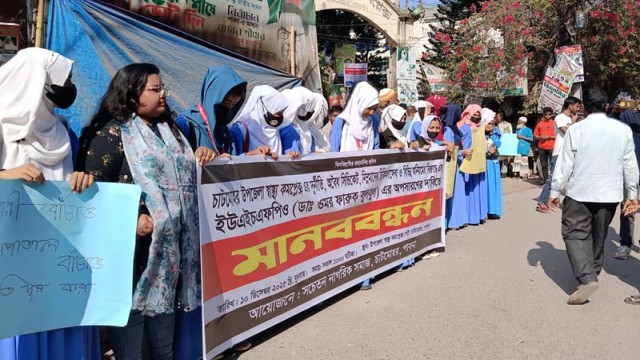
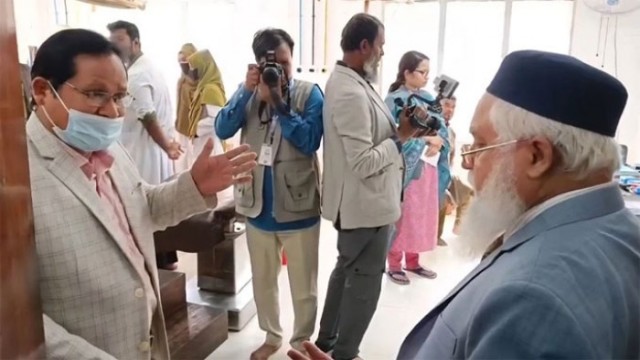
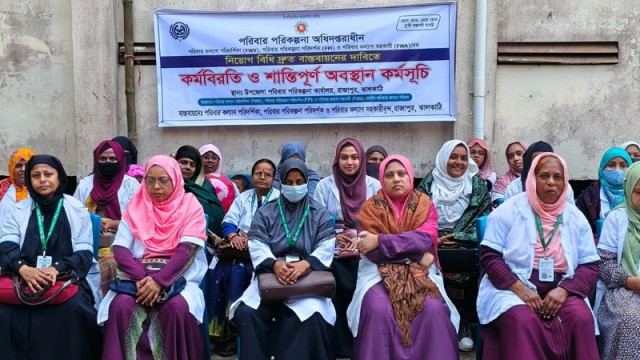
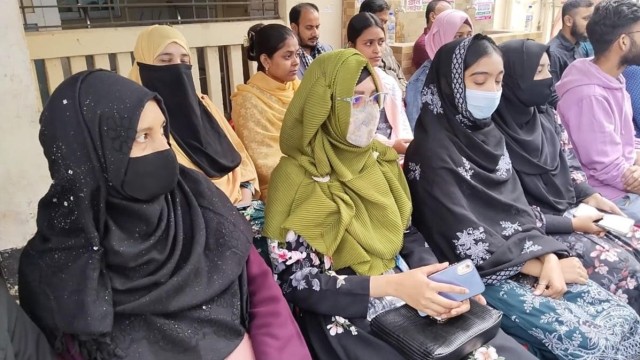
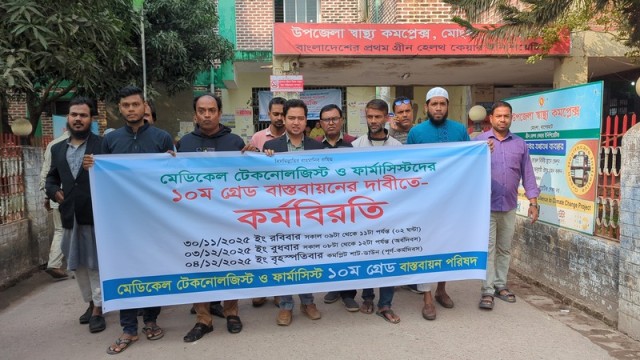









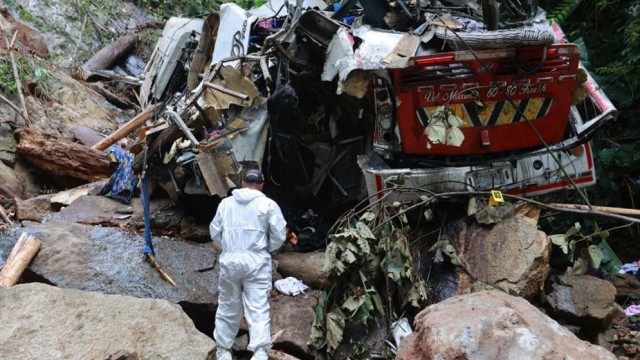



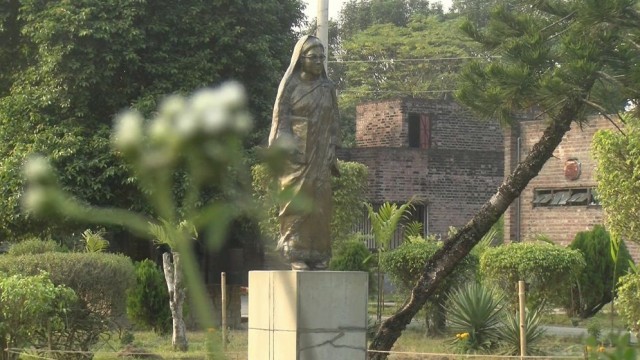

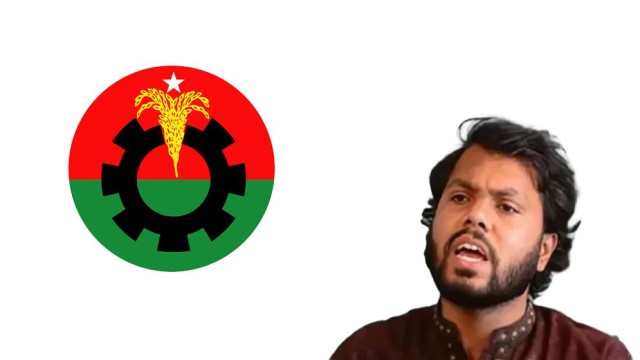






Comment: